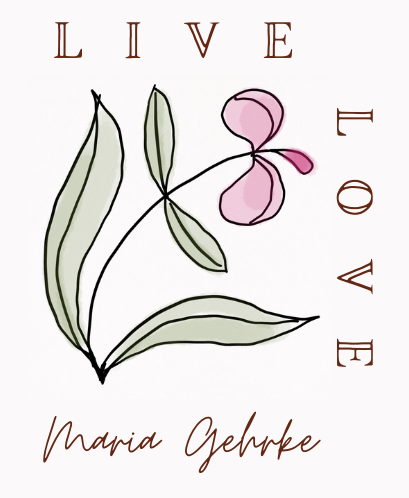This content has been archived. It may no longer be relevant
Last post I promised I had some posts around productivity lined up, so let’s start!
I started taking some interest in productivity tools for many reasons: I tend to forget the things I wanted to do, and usually only remember at an bad moment when I didn’t have time or wasn’t in the position to do the task. I get easily distracted with new projects, and unfinished projects start piling up. More about how I try to deal with distraction – or I like to call it the Squirrel Problem – in my next post.
So I end up with many things I want to do, but there is no structure to this and everything gets confusing and overwhelming. Not to mention that there are days I just don’t like to do anything. Other days I am bored, but again nothing comes to mind, or the wrong things.
I started talking to a friend about brainstorming some ideas, which we haven’t done yet. Hey, I never said I am good at this productivity thing, but I am starting.
During the discussion, my friend mentioned a tool called Trello that she wanted to try for project management. I believe she has abandoned using it, but I got hooked.
I read up on the tool, and it is really intriguing and fun to use. Check out one of their blog posts on how to start using the tool:
Beginner Tips for Using Trello – Trello Blog
I think, one of the reasons I dove a little deeper is that I am pretty much a gadget / app junkie that needs to try out new stuff all the time. That is probably not the best approach for productivity either, but that is how I am. And often enough I find something useful that sticks around.
When starting to use Trello there were some basic concepts I found that I utilize two of:
The first is a Kanban system that is not really time oriented. You have tasks that are WIP (work-in-progress), which are the only ones you work on. Once a task is done, a slot opens up to be filled from a to-do list. This to-do list is prioritized frequently so the tasks that get filled in your WIP are in line with overall goals and priorities. The prioritized to-do gets filled by an idea/backlog pile, which I cannot decide if it should be prioritized or not. If you do, some tasks would never get done, if you don’t you may not be always working on the highest priority. Especially if the low value tasks are quick items that could be done in no time. For this and for emergencies that need to jump ahead, I added a Just-Do-It category that trumps the WIP. I am tracking how many Just-Do-It I have completed compared to the WIP, because I fear they may take overhand making this system unproductive again. This system I use for work items. Sometimes I need to assign some deadlines as well.
The second way is having a WIP for different time frames: today, this week, next week, later; as well as an idea pool. This technique is also a Kanban but it is not so much priority oriented. I am trying this for my personal to-do.
So far it is working very well.
However, there is one thing I made as a basis which I discovered in a few articles: the WIP has to be a short list of things. That means you only work on a few things at a time. and that is very important.
Why? The biggest one for me is that it will be a lot easier to complete a small set of goals, and benefit from the positive impact of the sense of achievement. Then move on to the next.
I have read the number 3 most of the time, therefore that is what I picked.
Here some articles I found interesting about 3 item to-does / short list of items to work on:
Accomplish More with a 3-Item To Do List
What Is An Enough List And How it Helped Me Enjoy Everyday
As of now, my productivity seems to have improved. Although I still struggle with consistency, motivation and distraction. I will write more about how I try to conquer those in the next posts.
